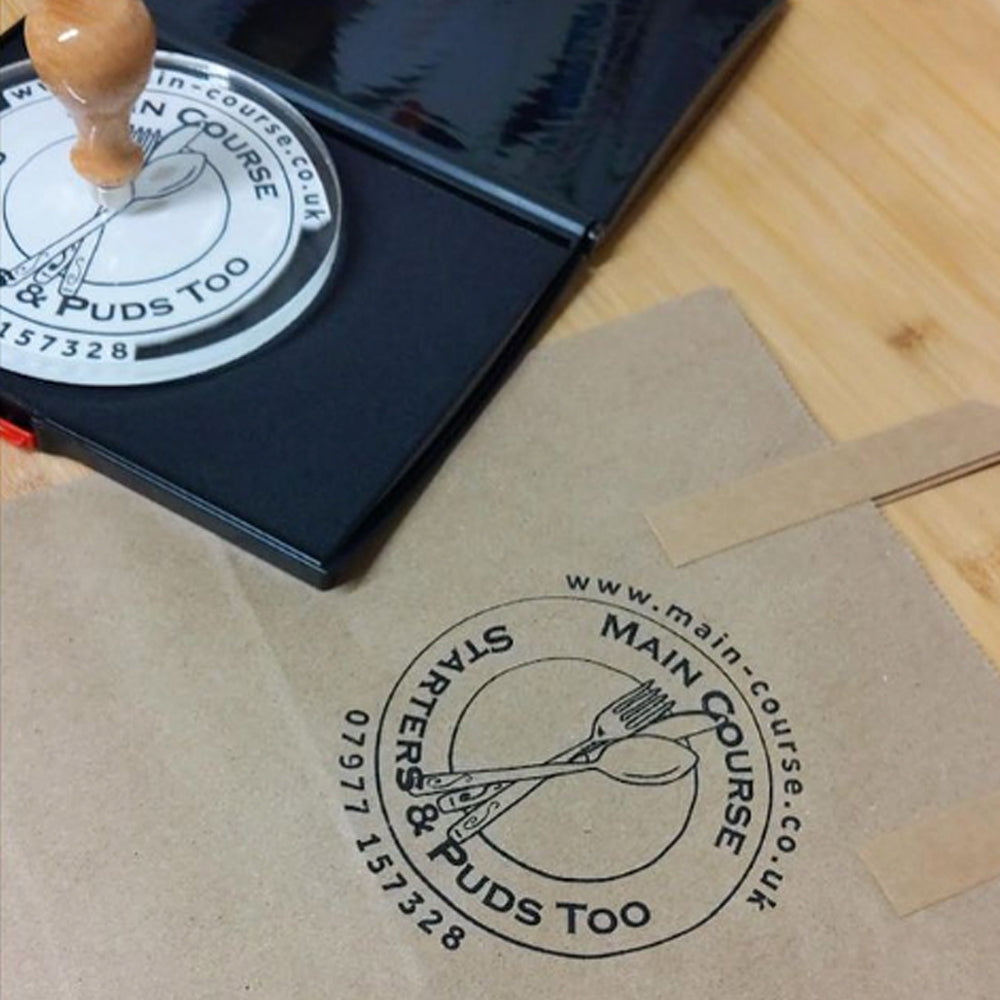The Rise of Wine Boxes A Trend in Modern Beverage Packaging
In recent years, the packaging of wine has seen a significant transformation, with wine boxes emerging as a popular choice among consumers and producers alike. This shift is not merely a trend but a reflection of changing preferences and practical considerations in the wine industry.
Historically, wine was predominantly sold in glass bottles, a tradition that many still cherish for its perceived elegance and heritage. However, wine boxes, typically made of cardboard or Tetra Pak, are becoming increasingly favored due to their unique advantages. For starters, wine boxes are more environmentally friendly than traditional glass bottles. Glass production is energy-intensive and requires substantial resources, whereas cardboard is more sustainable and recyclable. This resonates with the growing number of eco-conscious consumers who prioritize sustainability in their purchasing decisions.
Another factor contributing to the popularity of wine boxes is practicality
. A box can contain a larger volume of wine — often 3, 5, or even 10 liters — making it an ideal option for events, gatherings, or simply for those who enjoy wine regularly. They are lighter than glass bottles, making them easier to transport and less likely to break. Furthermore, the tap or spout feature of many wine boxes allows for easy pouring without the risk of spills, enhancing the user experience.wine boxes

The shelf life of wines packaged in boxes is also worth mentioning. The airtight seal helps to protect the wine from oxidation, allowing it to stay fresh for weeks, or even months, after opening. In contrast, traditional bottles typically require finishing the contents within a few days, which can be a disadvantage for casual drinkers. This freshness factor makes wine boxes appealing not only for large gatherings but also for everyday consumption.
Additionally, the wine box market is diversifying, with an expanding range of options available. Wine producers are now creating high-quality wines specifically designed for box packaging. This has led to a gradual decline in the stigma that boxed wines were lower quality. Many producers are innovating, offering organic or premium selections that challenge the traditional notions of boxed wines being inferior.
Moreover, wine boxes cater to a younger demographic that values convenience and sustainability. Millennials and Gen Z consumers are more inclined to explore alternative packaging, looking for options that align with their values while providing good quality and flavor.
In conclusion, the rise of wine boxes reflects broader trends in consumer behavior, environmental awareness, and innovative packaging solutions. As the wine industry continues to evolve, wine boxes are likely to maintain their place as a practical, sustainable, and appealing option for both casual drinkers and connoisseurs. Whether for a picnic, a dinner party, or a quieter evening at home, wine boxes seamlessly blend convenience with quality, making them a staple in modern beverage choices.



